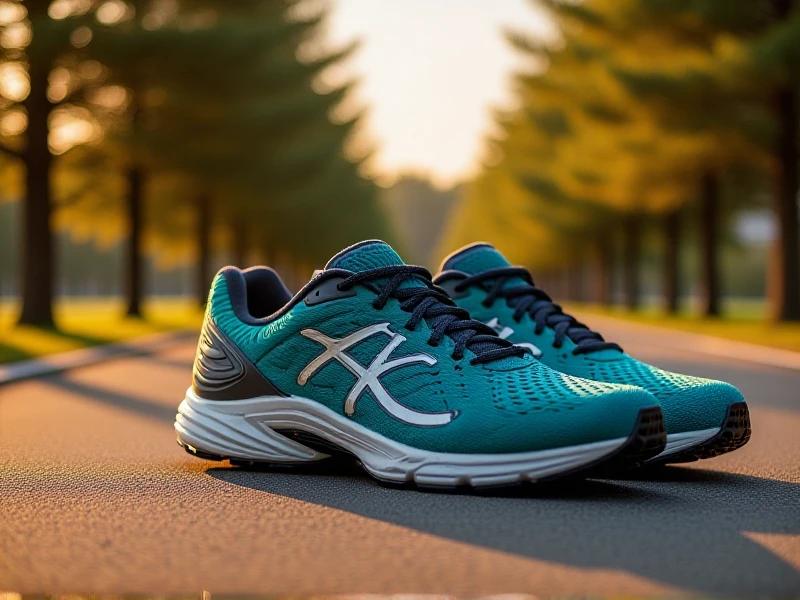
Finding Your Perfect Pair: The Ultimate Guide to Running Shoes That Propel You Forward
Here is the SEO-optimized article focusing on "Running Shoes":
Running. It seems simple: just lace up and go. But the single most critical piece of equipment standing between you and your goals, comfort, or potential injury is your footwear. Choosing the perfect pair of running shoes isn't about picking the flashiest design; it's about matching your biomechanics, running style, and training needs to technology designed to support you every step of the way.
Why does specialized footwear matter? Quality running shoes provide essential functions:
- Cushioning: Absorbs impact shock, protecting joints like knees and hips.
- Stability/Support: Corrects overpronation (excessive inward foot roll) or supination (outward roll), promoting efficient motion.
- Flexibility: Allows natural foot bending and push-off during your stride.
- Responsiveness: Some midsoles return energy, aiding propulsion, especially in speed-oriented running shoes.
- Traction: Outsoles grip various surfaces securely.
So, how do you navigate the overwhelming sea of options?
-
Understand Your Gait: This is paramount! Visit a specialty running store for a gait analysis. They'll typically watch you run (often on video) to determine if you're a neutral runner, an overpronator, or (less commonly) an underpronator/supinator. This dictates the level of stability needed in your running shoes. Neutral shoes offer balanced cushioning, while stability or motion control models contain firmer medial posts.
-
Consider Your Running Terrain: Where do you log most miles? Paved roads demand road running shoes, optimized for asphalt, offering cushioning and flexibility. Trail running requires rugged trail running shoes with aggressive tread, protective plates (rock guards), and often stiffer constructions to handle uneven, slippery terrain.
-
Match to Your Training: The ideal running shoes for daily training differ from those for racing or speedwork.
- Daily Trainers: Focus on durability, versatile cushioning, and comfort for high mileage.
- Stability/Specific Needs: Address pronation, plantar fasciitis, or wide feet.
- Lightweight/Racing Flats/Super Shoes: Prioritize speed and responsiveness, often with minimal cushioning or advanced materials like carbon fiber plates for race day efforts.
-
Prioritize Fit and Feel: Sizing isn't universal. Your running feet swell, so allow a thumb's width from your longest toe to the end of the shoe. Ensure a secure heel lock to prevent slippage, adequate midfoot comfort without pinching, and enough room in the toe box to wiggle your toes. Walk, jog, or jog briefly in the store if possible. Comfort is non-negotiable – any rub or hotspot will likely be worse over miles.
Materials Matter & When to Replace: Look for breathable mesh uppers and durable yet resilient midsole materials like EVA foam, polyurethane, or newer compounds like PEBA (often in super shoes). Even the best running shoes wear down! Monitor for visible compression in the midsole (loss of bounce or visible wrinkles/cracks), excessive tread wear, or persistent aches potentially linked to degraded cushioning. Most runners find replacing shoes every 300-500 miles is necessary for optimal support and injury prevention.
Investing in the right running shoes tailored to you is investing in a smoother, safer, and more enjoyable running journey. Skip the generic options. Analyze your needs, seek knowledgeable advice, and prioritize fit and function. Your feet, legs, and performance will thank you mile after mile. Ready to find your perfect pair? We welcome you to contact us for more specific guidance!